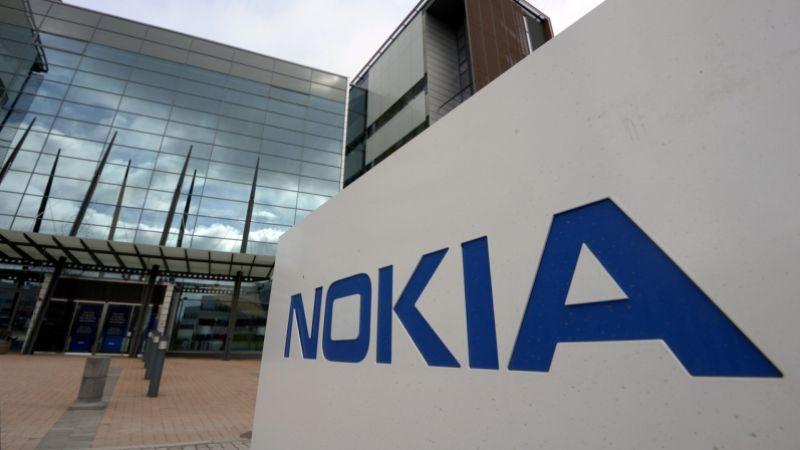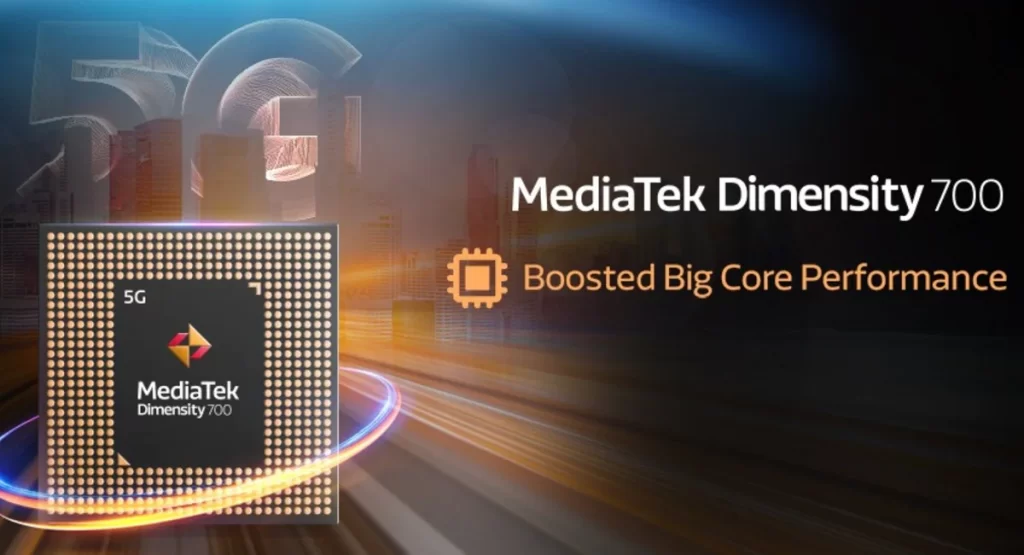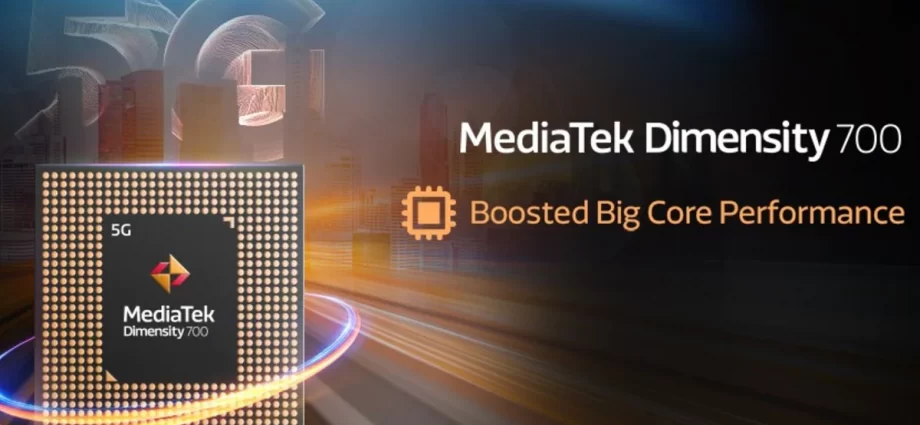Nokia and MediaTek achieve world first with Carrier Aggregation delivering 3.2 Gbps end-user speeds
- Successful validation test achieves first 3 Component Carriers sub-6GHz carrier aggregation combining FDD and TDD spectrum; Utilizes Nokia’s AirScale 5G Standalone Carrier Aggregation solution with commercial hardware and software
- The test combined 210MHz of spectrum from three component carriers to achieve 3.2Gbps downlink speeds
Espoo, Finland ( Web News )
Nokia and MediaTek today announced that they have achieved a world’s first by successfully aggregating 5G Standalone (5G SA) spectrum using 3 Components Carrier (3CC) aggregation. This increases the sub-6Ghz 5G spectrum utilization by combining 210MHz of FDD and TDD spectrum more efficiently to reach 3.2Gbps peak downlink throughput. The move will enable communication service providers to deliver higher through puts and better coverage to more customers.

Carrier Aggregation combines frequency bands for higher rates and increased coverage, delivering superior network capacity by maximizing the spectral efficiency of 5G networks. Frequency division duplex (FDD) in 600MHz (n71) is a lower frequency band that provides a wide coverage area, improving cell edge performance. Time-division duplex (TDD) in 2600MHz (n41) has higher bandwidth and capacity. The combination of these spectrum bands supports a range of 5G deployment scenarios including indoor as well enhanced outdoor coverage. The high-band sub-6Ghz spectrum bands support high-capacity and extreme mobile broadband capabilities.

JS Pan, General Manager, Wireless Communication System, and Partnerships at MediaTek, said: “This test demonstrates the importance of carrier aggregation in enabling mobile operators around the world to deliver best-in-class speed and capacity to their subscribers. The combination of Nokia’s AirScale portfolio and our technology boosts the possibilities of spectrum assets and 5G networks. We look forward to continuing to partner with Nokia to advance the 5G ecosystem.”
Mark Atkinson, SVP, Radio Access Networks PLM at Nokia, said: “Nokia continues to drive the 5G ecosystem by delivering new and important innovations. This validation test demonstrates how mobile operators can maximize their spectrum allocations and deliver enhanced coverage and capacity to subscribers. Nokia is committed to pushing the boundaries of 5G and delivering industry-leading performance. High-capacity Carrier Aggregation combinations can be achieved in both 5G Standalone (SA) and Non-Standalone (NSA) based on our scalable Airscale Baseband architecture.”

